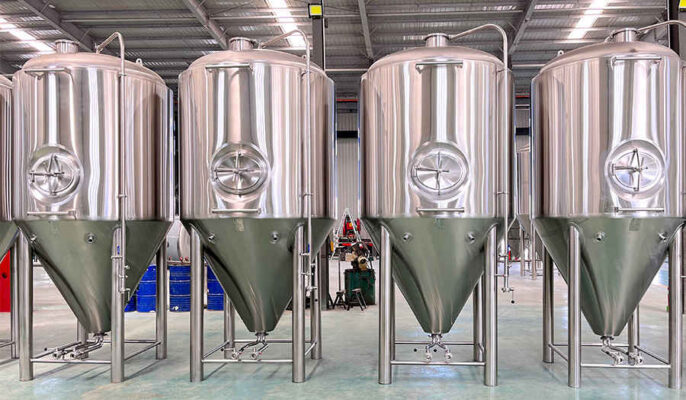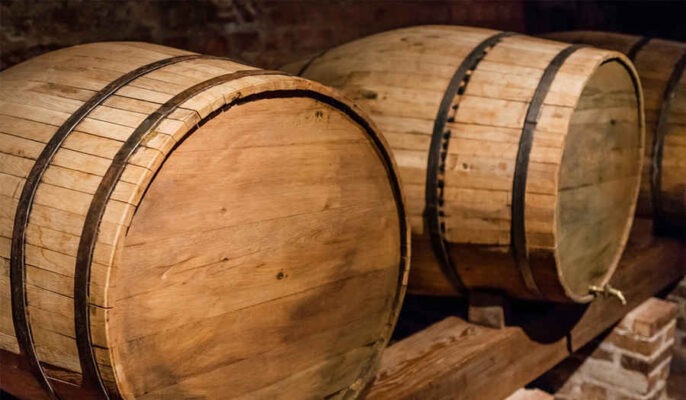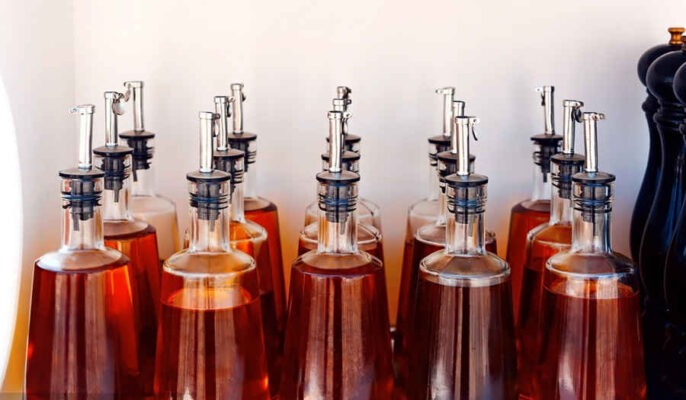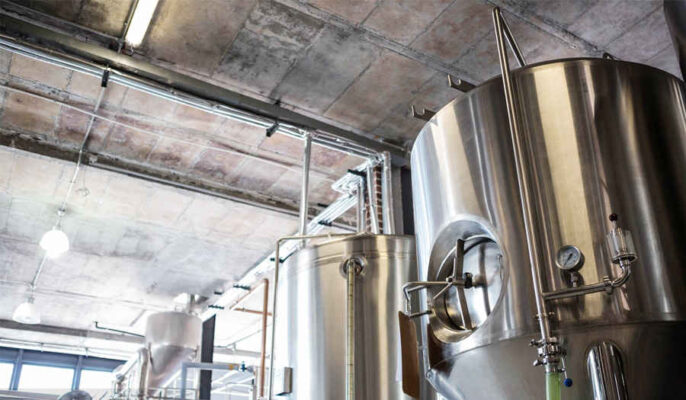Fermenters play an important role in the brewing process, providing an environment conducive to the growth of yeast and the transformation of the ingredients provided. As a key element in beer production, fermenters are designed to maintain optimal conditions for yeast activity and flavor development. Traditional fermentation vessels were either wooden barrels or open vessels, but modern brewing has introduced stainless steel beer fermenters, which offer improved sanitation, durability, and temperature control over their predecessors. To give you a better idea of your options, we’ve created a guide to the different types of brew tanks that we hope will help you.
Types of fermenters
There are three main types of fermenters: open top, closed and variable capacity.
Open top fermenter
These fermenters have no lids and are simple containers, the most basic type of fermenter. They are used for fermenting wine and allow easy access and manual depressing of the lid.
Closed fermenter
Closed fermenters have an airtight lid that prevents any external contamination from entering the fermentation process. used in brewing beer, it protects liquids from exposure to air that can cause off-flavors.
Variable capacity fermenter
Variable capacity fermenters have a floating lid and adjustable volume, making them suitable for fermenting different amounts of liquid. They are popular among home and small winemakers because they provide flexibility and help cut the amount of air contact with the fermenting liquid.

Fermentation tank material
Fermentation tanks are available in a variety of materials, each with their own advantages and disadvantages.
- Stainless Steel: A popular choice for fermenters because it is durable, easy to clean, and resistant to corrosion.
- Glass: Inexpensive and easy to clean. But they are fragile and break if not handled.
- Plastic: Lightweight, affordable and unbreakable. Bacteria can harbor if not cleaned.
- Wood: The traditional container for fermenting wine, which can impart a unique flavor to the finished product. But it requires more maintenance and is more expensive.
Fermentation tank size
The size of the fermenter is a key factor to consider. The size of the tank should be appropriate for the size of your brewery and the volume of beer you intend to produce. Smaller breweries may must tanks with a capacity of 5 to 10 barrels, while larger breweries may must tanks with a capacity of 30 to 50 barrels or more.
Choose the right fermenter according to your needs
When selecting a fermenter, the following factors should be considered:
- The type of drink or food you plan to ferment
- Your experience level and skills
- Available space in the brewing or fermentation area
- Your budget
- Required fermenter capacity



Pressure Rating Requirements
The pressure rating of the fermenter is another important consideration. The tank should be able to withstand the pressure generated during fermentation without compromising the integrity of the tank. measured in pounds per square inch (PSI), the pressure rating of the tank should be appropriate for the type of beer you want to produce.
Accessories
The accessories that come with the fermenter can also affect the practicality of the brewery.
- Vacuum and pressure safety valves, in compliance with all standards, are located for easy cleaning
- Fermentation controller equipment from a high-quality, certified European supplier, with optional CO2 emission function
- Optional order of stainless steel pressure gauge with flat membrane version
- The process pipes (beer pipes, yeast pipes, CIP pipes) on the tank are produced by bending technology, no welding is used, and there will be no infection points at the welds
- Integrated cleaning head can be scaled according to different types (static, rotating) of tank volume
- The tank can be equipped with graduated polycarbonate instruments for measuring tubes and lower and upper instruments for measuring taps
- According to the tank size, each tank is equipped with 1-2-3 precise thermal sensors
Advantages of using a fermenter
- The fermentation environment is controlled
- Enhanced temperature control
- Prevent pollution
- Various sizes and materials to suit different needs and budgets
Disadvantages of Using a Fermenter
- Some materials may be damaged or contaminated
- Requires regular cleaning and maintenance
- Can be expensive depending on the material and size
Tip: A lack of sanitation can ruin a beer more than any other mistake. Be careful and sterilize many times to avoid contamination.
In conclusion
Whether it is home brewing or industrial brewing, fermentation is the most important part. If you’re starting, start with plastic barrels and upgrade to stainless steel or conical fermenters later. It is also possible to choose the right fermenter to meet your specific needs and ensure a successful fermentation process.




